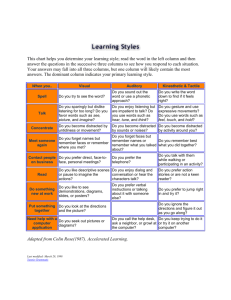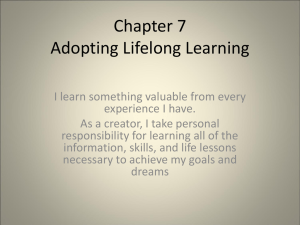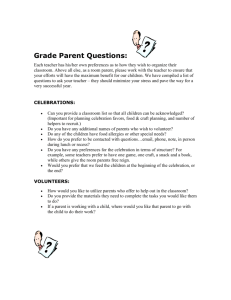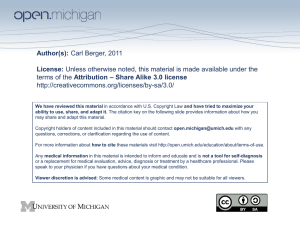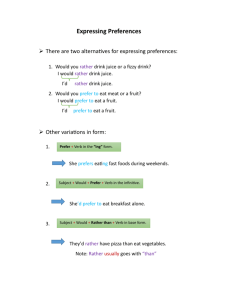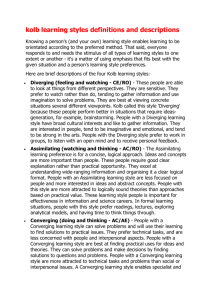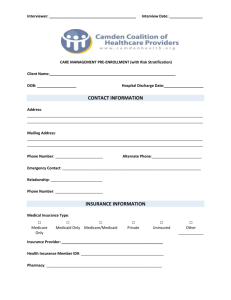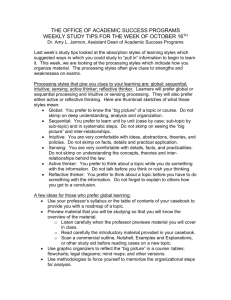COM 101- CHAPTER 1 Getting on Course to Your Success …at
advertisement
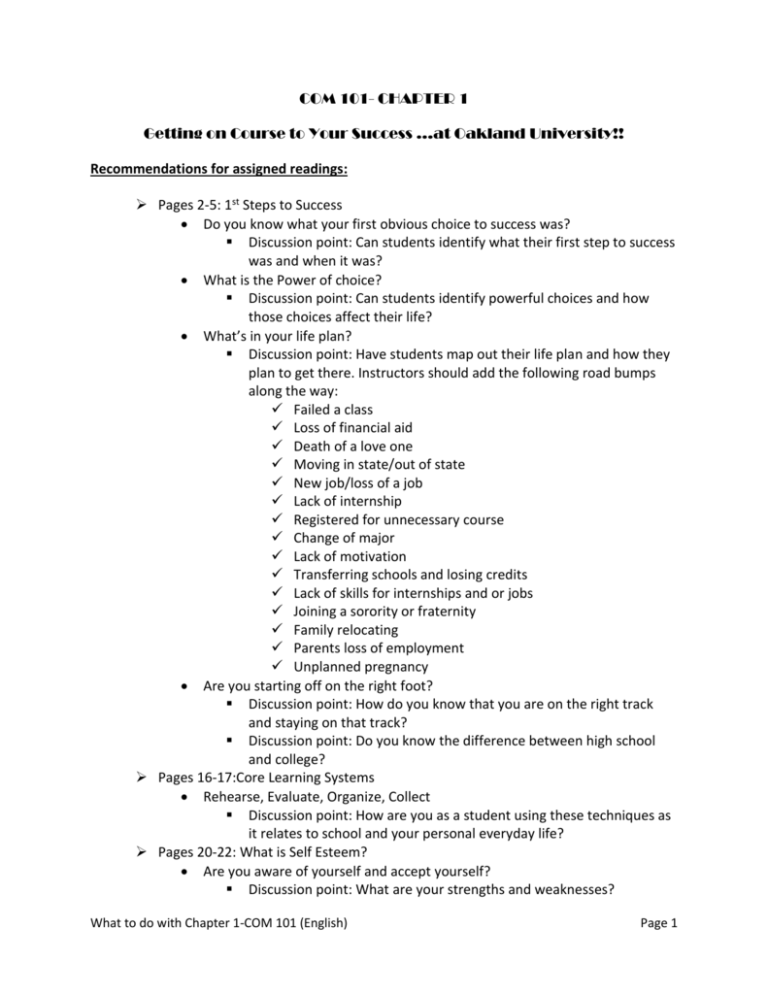
COM 101- CHAPTER 1 Getting on Course to Your Success …at Oakland University!! Recommendations for assigned readings: Pages 2-5: 1st Steps to Success Do you know what your first obvious choice to success was? Discussion point: Can students identify what their first step to success was and when it was? What is the Power of choice? Discussion point: Can students identify powerful choices and how those choices affect their life? What’s in your life plan? Discussion point: Have students map out their life plan and how they plan to get there. Instructors should add the following road bumps along the way: Failed a class Loss of financial aid Death of a love one Moving in state/out of state New job/loss of a job Lack of internship Registered for unnecessary course Change of major Lack of motivation Transferring schools and losing credits Lack of skills for internships and or jobs Joining a sorority or fraternity Family relocating Parents loss of employment Unplanned pregnancy Are you starting off on the right foot? Discussion point: How do you know that you are on the right track and staying on that track? Discussion point: Do you know the difference between high school and college? Pages 16-17:Core Learning Systems Rehearse, Evaluate, Organize, Collect Discussion point: How are you as a student using these techniques as it relates to school and your personal everyday life? Pages 20-22: What is Self Esteem? Are you aware of yourself and accept yourself? Discussion point: What are your strengths and weaknesses? What to do with Chapter 1-COM 101 (English) Page 1 How do you build on your strengths to offset any weakness you may think you have? In Class Participation Points: Impromptu journaling Active sharing and caring Being involved in the conversations Asking questions Reading Aloud Creating a mock email to an instructor asking for help Mock conversations with parent regarding challenges the student could be facing In Class Activities: Journal to discuss what the difference is between high school and college What is your learning style? Have students take the online free test to learn their style? Discuss the different styles of learning? Examples of styles are below. Have students talk about how the learning styles can be used to their benefit. Visual (spatial): You prefer using pictures, images, and spatial understanding. Aural (auditory-musical): You prefer using sound and music. Verbal (linguistic): You prefer using words, both in speech and writing. Physical (kinesthetic): You prefer using your body, hands and sense of touch. Logical (mathematical): You prefer using logic, reasoning and systems. Social (interpersonal): You prefer to learn in groups or with other people. Solitary (intrapersonal): You prefer to work alone and use self-study. Group Prompt Questions Form student groups of 4-5 Provide paper, markers, and tape Challenge the students to think outside the box Give them the prompts to describe Discussion after Have students make a pledge to do one thing or incorporate something into their schedule next week and follow up with them in the next class session on whether or not they kept their pledge The prompts are as follows: My Hopes for College are…. My Fear of College is… Stereotypes of different students Asian Hispanic/Latino African-American Native- American What to do with Chapter 1-COM 101 (English) Page 2 Pacific Islanders Caucasians What is a successful student? What are choices successful students make? Discussion point: Are students living up to the ideas they just presented What are some choices unsuccessful students make? Discussion point: Are student making the choices they presented? If so why and how can they change their habits and decisions? What are some best ways to study? (example answers below) Read assigned texts/handouts ahead of time Don’t procrastinate Pay attention to the organization of the text Highlight key points/terms in text as you read Review often! Study with a study group Get help before it’s too late Do homework assignments Make an outline or take notes of your reading Set aside a quiet place to study with few distractions What are some of the best ways to study for a test? (example answers below) Review and reorganize notes Review text summaries and highlighted points Get together with study partners (choose ones who are serious about succeeding) Complete study guides Ask questions you are unclear on before the exam/understand what is being tested Make practice tests Don’t procrastinate Read assigned texts/handouts Make note cards Eat well and get enough sleep What are the best things to do in class to succeed? (example answers below) Ask questions and participate Take notes that you can understand Attend class Pay attention (turn off cell phone) Come prepared Sit where you can see and hear the instructor Tell instructor if you are having trouble with the way he/she is teaching Get to know the instructor (go to office hours) Read applicable text before class so you know what to expect What to do with Chapter 1-COM 101 (English) Page 3 Eat well and get enough sleep Name some of the best resources available to help you succeed? (examples below) Instructor Study partner for each subject (choose successful students) Tutor Library Student Success Center Teaching Assistants Study Group You – be proactive Professionals in the subject Select internet resources List some common mistakes students often make? (examples below) Not attending class Not taking responsibility for themselves Procrastinating Not asking questions when something is unclear Not spending enough time studying (for every 1 hr in class, should study 2-3 hours outside of class) Not getting help soon enough Not taking notes Not answering questions fully on homework and tests Not completing assignments and being up-to-date on material Being passive Out of Class Activities: Attend a campus Event Attend a student org meeting Send an email to one of your instructors to get more information Attend a special lecture Visit the tutoring center Visit a campus office to resolve an issue you may be facing Have a meeting with your Academic Adviser Have a meeting with one of your instructors Visit a campus office to learn more about the office and what they have to offer What to do with Chapter 1-COM 101 (English) Page 4

